A wireless ear microphone is a device that captures sounds wirelessly without the need for a wired connection. It consists of a tiny microphone linked to an earpiece that can wirelessly transfer sounds to a receiver. This technology is more flexible and convenient than wired microphones since it allows the user to walk about freely while recording audio. Wireless ear mics are particularly handy for recording, podcasting, live streaming, public speaking, and other circumstances where mobility is crucial. They may be used in conjunction with a variety of devices, including cell phones, cameras, and other recording equipment, making them a versatile tool for content creators, journalists, and other professionals who need to capture high-quality audio on traveling. Moreover, with an increasing need for high-quality audio in a variety of industries, wireless ear mics have become an essential tool for recording audio in a diversity of circumstances. There are numerous aspects to consider while selecting the best wireless ear microphone. Here’s a rundown of the major factors to consider when buying a wireless ear microphone: 1. Compatibility: The microphone should work with the device with which it will be used, whether it be a smartphone, camera, or other recording equipment. 2. Battery Life: The microphone’s battery life is critical, especially for long recording sessions. To ensure that the microphone lasts the duration of the recording, it should have a long battery life. 3. Range: The distance between the microphone and the receiver is referred to as the microphone’s range. A greater range can be helpful in cases when the user must move about while recording. 4. Frequency Response: The frequency response of the microphone is crucial since it impacts the sound quality of the recording. In general, a greater frequency response range indicates a higher quality recording. 5. Audio Quality: The audio quality of the microphone is critical because it directly impacts the recording quality. A good microphone will create clear, sharp audio. 6. Ease of Use: The microphone should be simple to use and set up, with clear instructions and easy-to-follow controls. 7. Pricing: The microphone’s pricing should be affordable given the features and quality it offers. Hence users may ensure they choose the best wireless ear microphone for their needs by considering these characteristics when shopping for one. Here are the reviews of the top 5 best wireless ear microphones in 2023. Features and Specifications: The Sennheiser XSW-D Portable Lavalier Set is an economical and simple wireless microphone system with excellent sound quality and mobility. A small transmitter and a clip-on lavalier microphone are included, as well as a receiver that may be linked to a camera or other recording device. The XSW-D employs 2.4GHz digital transmission technology to provide clean and consistent audio with no dropouts. Pros: Cons: Quantitative measurement: Features and Specifications: The Shure BLX14R/MX53 wireless earphone system is intended for performers and presenters that require a hands-free microphone. The device incorporates a tiny transmitter and a discrete ear set microphone that produces high-quality, clear sound. The BLX14R/MX53 uses a dependable and efficient UHF transmission method to provide clear, interference-free audio. Pros: Cons: Quantitative evaluation: Name: Sony Wireless Microphone Brand: Sony Price: $599 Features and Specifications: The Sony UWP-D11 wireless microphone system consists of a transmitter, a lavalier microphone, and a receiver. The system features digital transmission technology to assure high-quality audio and consistent performance. The UWP-D11 is simple to set up and use, with a range of up to 150 feet. Pros: It meets the professional standard. It is simple to use and has easy set up. It has excellent audio quality. Its design that is tough and long-lasting. Cons: Quantitative evaluation: Name: Audio-Technica ATW1101H92 Brand: Audio-Technica Price: $439.95 Features and Specifications: The Audio-Technica ATW1101H92 is a digital high fidelity wireless system designed to provide performing musicians and presenters with advanced 24-bit operation, easy setup and clear, natural sound quality. It operates in the 2.4 GHz range, far from TV and DTV interference, and offers extremely easy operation and instantaneous channel selection. The system includes an ATW-R1100 receiver and an ATW-T1001 body-pack transmitter with a PRO 92cW headworn microphone. Pros: Cons: Quantitative Measurement: Features and Specifications: Hollyland Lark M1 is not an ear microphone but a wireless clip-on microphone that comes with two transmitters with built-in omnidirectional microphones and one dual-channel receiver. It has a clip-on, compact form factor that makes it easy to use in different scenes such as interviews, vlogging, and live streaming. It has a transmission distance of up to 656 feet and LED indicators that show the battery status and signal strength. It also has noise cancellation technology that reduces background noise and provides clear audio quality. The microphone has an 8-hour battery life and can be charged using a USB-C cable. Pros: Cons: Quantitative evaluation: Finally, several factors should be considered when choosing the best wireless ear microphone. Sound quality, battery life, connectivity choices, comfort, and general durability are among them. In terms of sound quality, a wireless ear microphone with high-fidelity audio capabilities that create clear and crisp sound is vital. It is also critical to choose a microphone with a long battery life so that you do not run out of power during a performance or recording session. Furthermore, the connectivity options should be versatile and dependable, allowing for seamless pairing and switching between devices. Comfort is also an important concern, especially for long-term use. A comfortable fit guarantees that the microphone remains in place and causes no discomfort or irritation. Finally, a durable and long-lasting wireless ear microphone is required to ensure that it can withstand the rigors of regular use without breaking down or malfunctioning. Based on these considerations, the Hollyland M1 Sound Isolating Earphones are the best wireless ear microphone recommendation. These earphones have good sound quality, a long battery life, dependable Bluetooth connectivity, and a comfortable fit. They also have a detachable cable and a tough design that increases their durability. Overall, choosing the finest wireless ear microphone necessitates careful consideration of numerous variables, with the Hollyland M1 standing out as a top performer in terms of sound quality, comfort, and durability. Q: What is a wireless ear microphone? A: A wireless ear microphone is a device that combines an earphone and a microphone, allowing the user to listen to audio while also speaking without the need of wires or connections. The microphone frequently resides on or near the earpiece and sends audio signals to a receiver, which can be connected to a sound system or recording equipment. Q: What are the advantages of using a wireless ear microphone? A: The key advantages of using a wireless ear microphone are mobility and convenience. Users may move freely without being attached to a cable, and the lack of cables simplifies setup and operation. Furthermore, some wireless ear microphones include noise-cancelling technology or other advanced features that can improve audio quality. Q: What should I check for when purchasing a wireless ear microphone? A: When selecting a wireless ear microphone, consider elements like as sound quality, battery life, connectivity options, comfort and fit, and extra functions such as noise cancellation or ambient sound settings. It is also critical to select a reputed brand with a documented track record of quality and dependability. Q: How do I connect and operate a wireless ear microphone? A: The setup and use of a wireless ear microphone will differ based on the model and brand. In general, you’ll need to connect the microphone to a compatible device, such as a smartphone, tablet, or sound system. Bluetooth or another wireless protocol is typically used for this. After you’ve paired the devices, you should be able to listen to audio and speak into the microphone. Follow the manufacturer’s instructions and reference the user handbook for precise instructions. Q: What are the main features of the Hollyland M1 wireless ear microphone? A: The Hollyland M1 wireless ear microphone has a low-latency transmission mechanism that delivers high-quality audio with little delay. It also boasts a long battery life of up to 10 hours and a compact design that makes it convenient to carry and use. The M1 also includes an OLED display that displays battery life, signal strength, and other essential information. Q: Is it simple to use the Hollyland M1 wireless ear microphone? A: The Hollyland M1 wireless ear microphone is meant to be simple to use, with intuitive controls and a straightforward setup procedure. It also includes a user manual with thorough instructions for setup and use. Differential Mode Ring Inductance,Differential Mode Inductor Series,Differential Mode Filter Inductor,Differential-mode choke Xuzhou Jiuli Electronics Co., Ltd , https://www.xzjlelectronic.com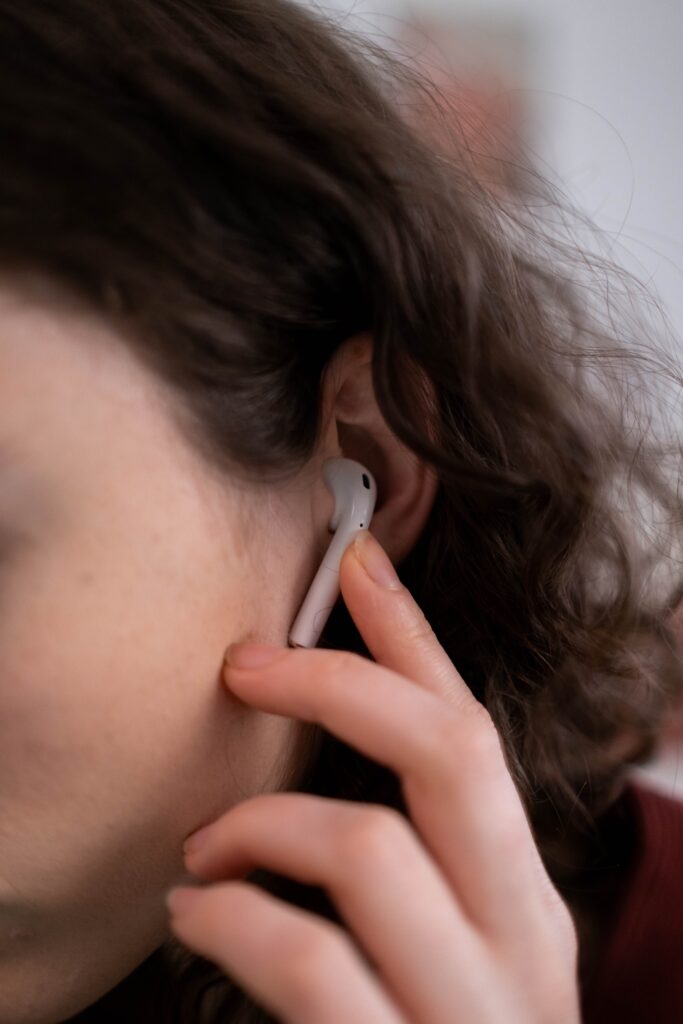
Key Factors to Choose the Best Ear Microphone.
Reviews of the Best Wireless Ear Microphones
1. Sennheiser Momentum True Wireless
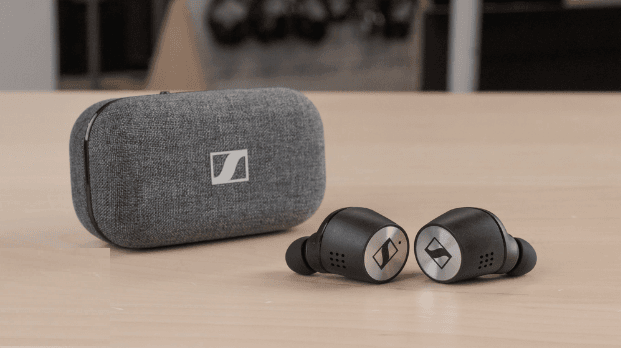
2. Shure BLX14R/MX53 Wireless Ear set System
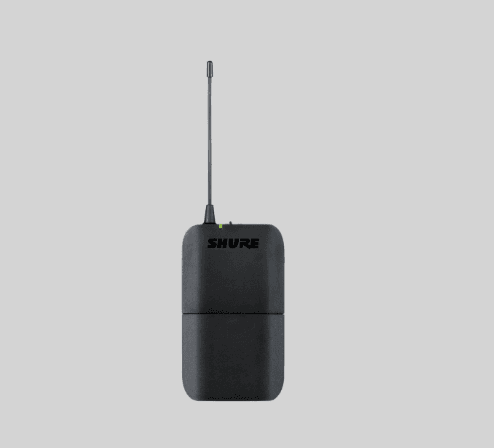
3. Sony Wireless Microphone Package UWP-D11
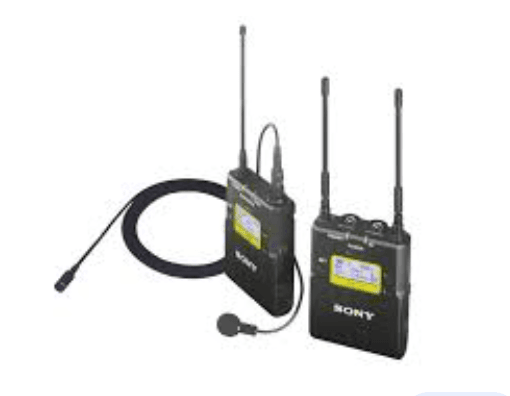
4. Audio-Technica ATW1101H92
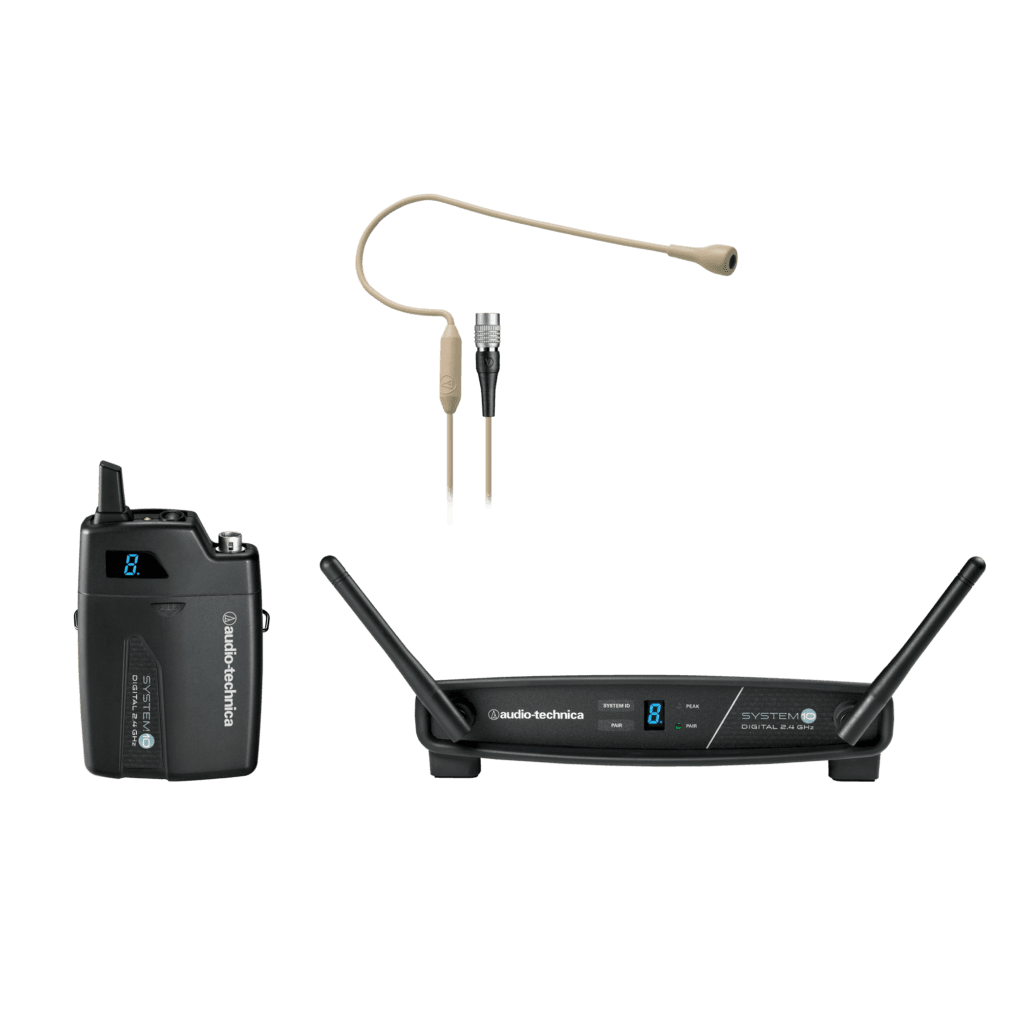
Alternative: Hollyland Lark M1 Wireless Clip-on Microphone

Conclusion:
FAQs
Where to Buy